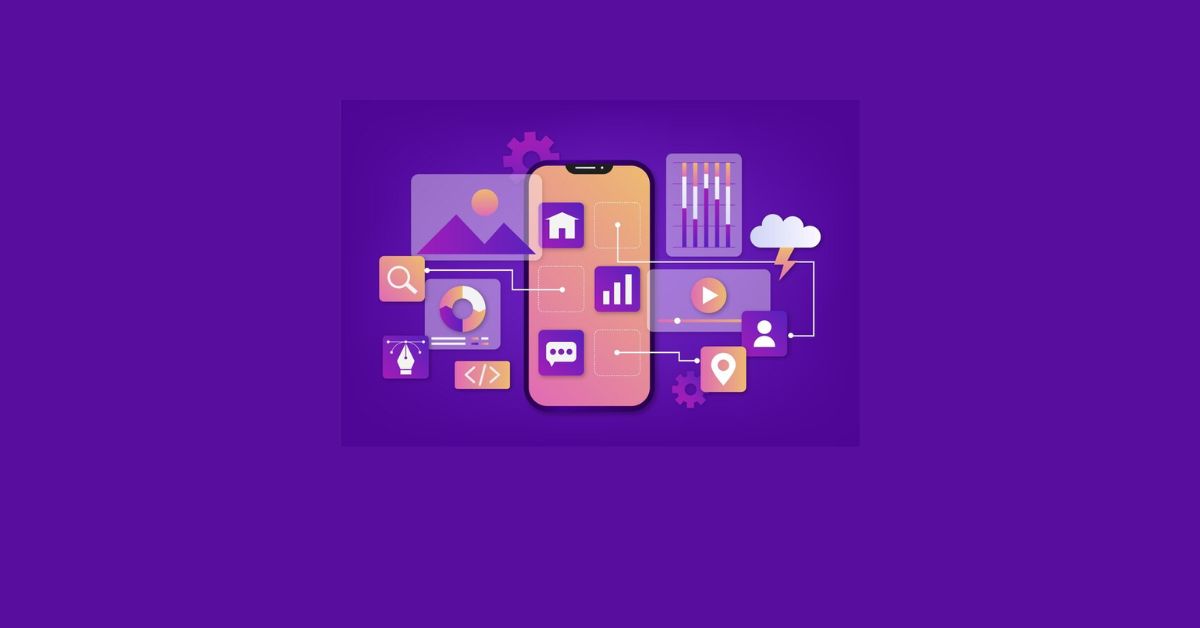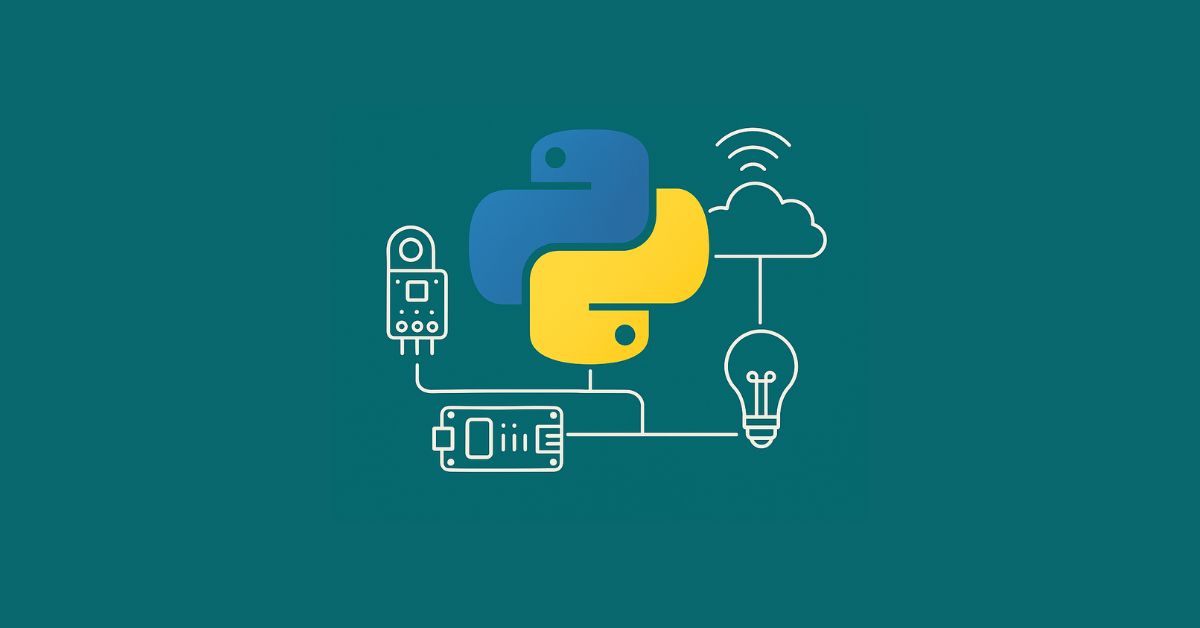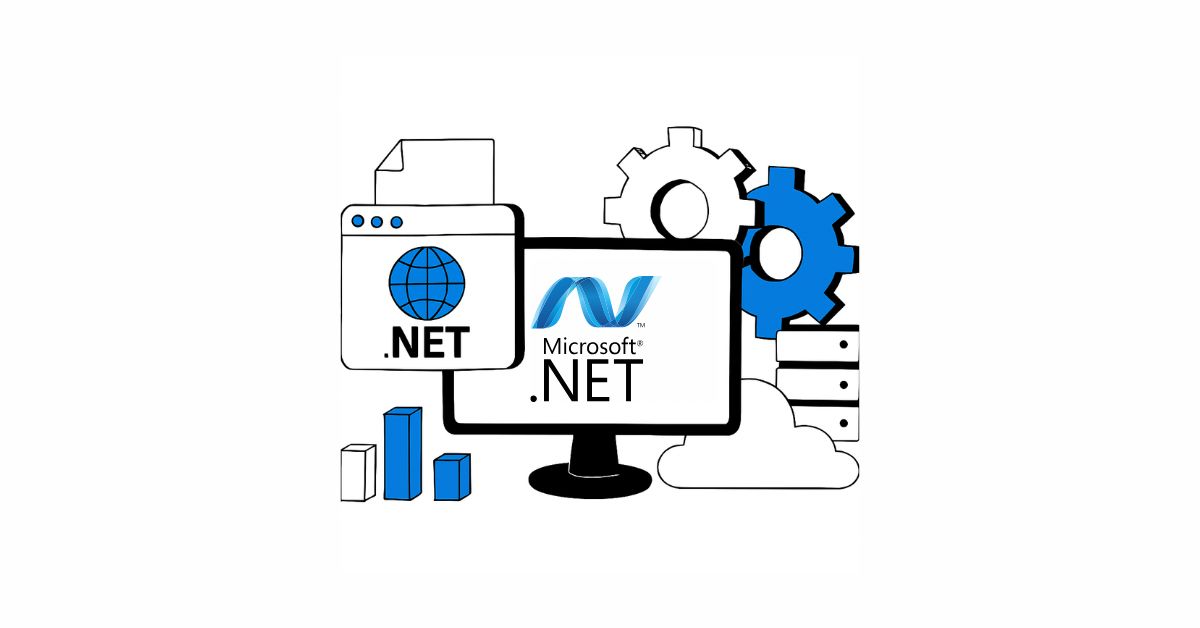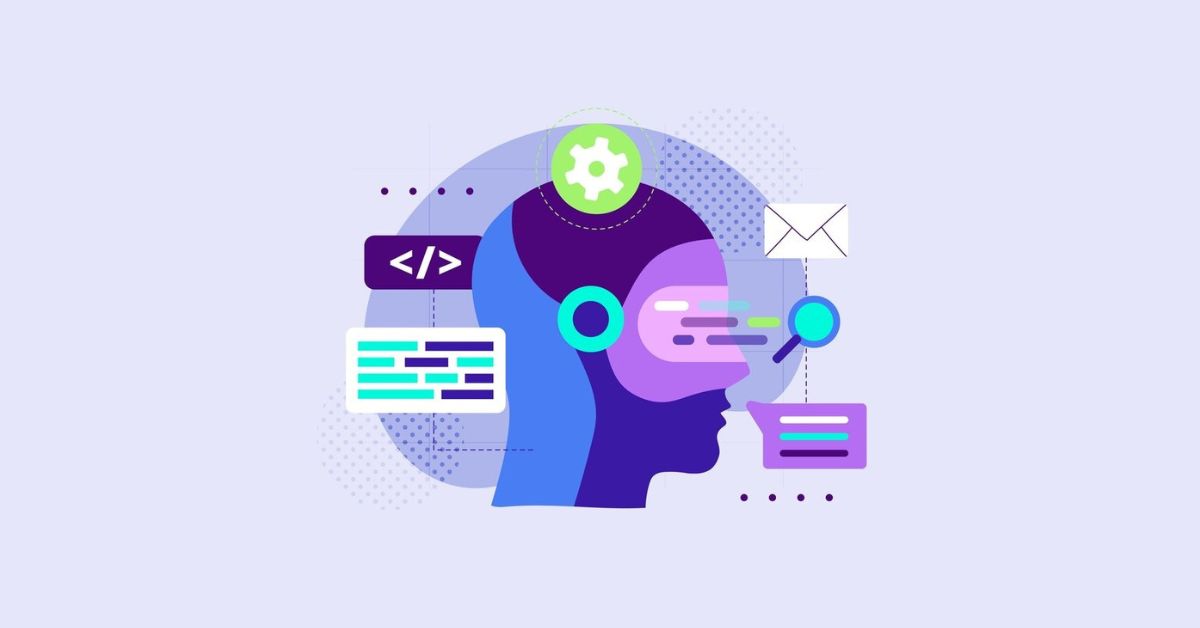Unlocking the world of software development can feel like embarking on a thrilling adventure, full of endless possibilities and boundless innovation. But before diving headfirst into this exciting realm, it’s essential to understand the different models that shape the software development process. These models serve as guiding frameworks, outlining the steps and strategies necessary to bring your software ideas to life.
In this blog post, we will explore seven of the most popular software development models, shedding light on their unique characteristics and benefits. Whether you’re an aspiring developer curious about industry-standard practices or a seasoned pro looking to expand your knowledge, this guide is here to equip you with valuable insights into the diverse landscape of software engineering models.
What Is Software Development Models
Software development models are frameworks that guide the process of building software applications. These models provide a structured approach to ensure efficient and effective development, from concept to deployment. Each model follows its own set of principles and methodologies, tailored to suit different project requirements.
Types of Software Development Models
1. Waterfall Model:
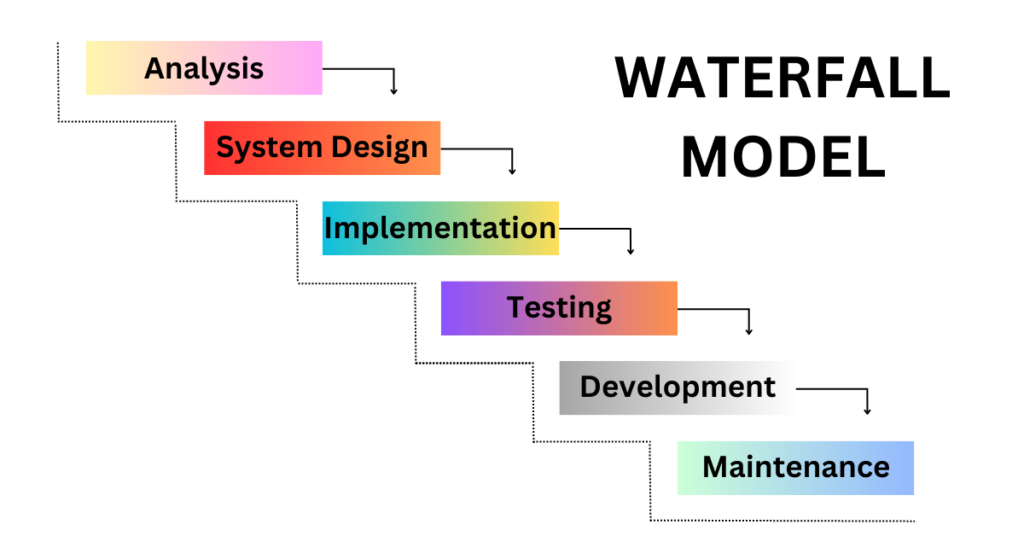
The Waterfall Model is one of the oldest and most traditional software development models. It follows a linear and sequential approach, where each phase must be completed before moving on to the next one. The different phases in this model include requirements gathering, system design, implementation, testing, deployment, and maintenance.
In the requirements gathering phase, project goals and objectives are defined along with user needs. Then comes system design where the overall architecture of the software is planned out. After that comes implementation where coding takes place based on the design specifications.
Once the coding is complete, testing begins to identify any bugs or errors in the software. If everything passes successfully through testing, then deployment happens which involves making the software available for users.
Lastly comes maintenance which includes bug fixing and optimization of performance over time. While this model has its advantages like clear documentation and easy-to-understand process flow, it also has limitations such as inflexibility to change once a phase is completed.
Overall, the Waterfall Model can be useful for projects with well-defined requirements but may not be suitable when there’s uncertainty or a need for flexibility throughout development.
2. Iterative Model:
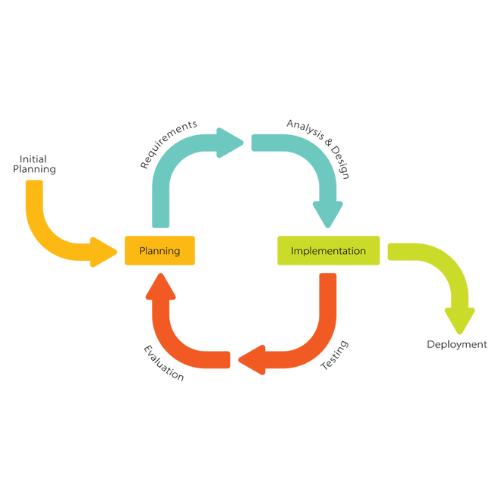
The Iterative Model is a popular software development model that focuses on breaking down the development process into smaller, more manageable iterations. Unlike the Waterfall model, which follows a linear approach, the Iterative Model allows for flexibility and adaptation throughout the development cycle.
In this model, each iteration consists of multiple phases: planning, requirements gathering, design, implementation, testing, and evaluation. At the end of each iteration, feedback is gathered from stakeholders and used to inform future iterations.
One of the key advantages of the Iterative Model is its ability to address changing requirements. By constantly gathering feedback and making incremental improvements with each iteration, developers can ensure that they are meeting user needs effectively.
Additionally, this model promotes collaboration between developers and stakeholders. Regular communication and feedback loops help to align expectations and ensure that everyone is working towards a shared vision.
While the Iterative Model offers numerous benefits in terms of adaptability and stakeholder involvement, it may not be suitable for all projects or teams. It requires continuous monitoring and evaluation to ensure progress is being made effectively.
Overall, the Iterative Model provides an iterative approach to software development that allows for flexibility and encourages collaboration among team members.
3. Spiral Model:
Spiral Model: Embrace the Iterative and Risk-Driven Approach
The Spiral Model follows a cyclical process, consisting of four key phases – planning, risk analysis, engineering, and evaluation. Each cycle begins with careful planning and identifying potential risks. By thoroughly analyzing these risks at every stage, developers can make informed decisions on how to proceed.
With its emphasis on iteration and constant feedback loops, the Spiral Model allows for continuous improvement throughout the development process. This iterative nature enables developers to address any issues or changes as they arise in a timely manner.
Moreover, the Spiral Model places great importance on managing project risks effectively. By conducting regular risk assessments during each cycle, teams can proactively identify potential hurdles before they become major roadblocks.
This versatile model also accommodates changes effectively by incorporating flexibility into its core principles. If new requirements or specifications emerge during development, teams can adapt their plans accordingly without causing significant disruptions.
Another notable aspect of the Spiral Model is its focus on end-user involvement from the early stages itself. Users play an active role in providing feedback at various points throughout development which helps refine solutions based on their specific needs.
The Spiral Model offers organizations an effective way to manage complex projects while minimizing risks associated with software development. Its iterative nature promotes adaptability while ensuring high-quality deliverables that meet user expectations. So if you’re looking for a dynamic approach that embraces change while mitigating uncertainties along the way, consider implementing the Spiral Model into your software development processes!
Need Software Development Services
Tell us your requirements and connect with our experts today and bring your software vision to fruition.
4. Agile Model:
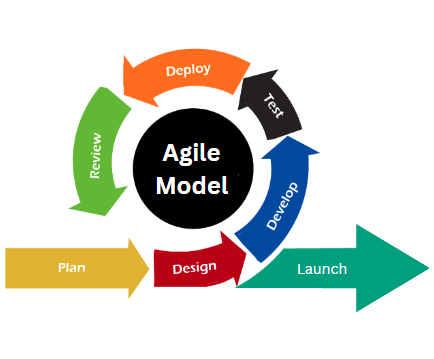
The Agile model is one of the most popular software development models in the industry today. It focuses on flexibility, adaptability, and collaboration throughout the development process. Unlike traditional methods like Waterfall, where each phase is completed before moving on to the next, Agile emphasizes iterative and incremental development.
In this model, teams work in short sprints or iterations, typically lasting two to four weeks. Each sprint involves planning, executing, and reviewing a set of features or user stories. This allows for frequent feedback from stakeholders and early detection of issues or changes needed.
One of the key principles behind Agile is continuous improvement. Teams constantly evaluate their progress and adjust their approach accordingly. They prioritize delivering working software frequently over extensive documentation.
Another important aspect of Agile is its focus on cross-functional teams that include members with different skill sets such as developers, testers, designers, and product owners. This promotes better communication and helps ensure that all aspects of software development are considered throughout the process.
Agile also encourages customer involvement throughout the project through regular demonstrations of working software. This enables them to provide valuable input and ensures that their requirements are met effectively.
5. V-Model (Verification and Validation Model):
The V-Model, also known as the Verification and Validation Model, is a software development model that follows a systematic approach to ensure high-quality deliverables. This model emphasizes the importance of testing and validation throughout the entire development process.
In the V-Model, each phase of development has its corresponding testing phase. The left side of the “V” represents the verification activities such as requirements analysis, system design, and component design. On the right side of the “V,” we find validation activities like unit testing, integration testing, and user acceptance testing.
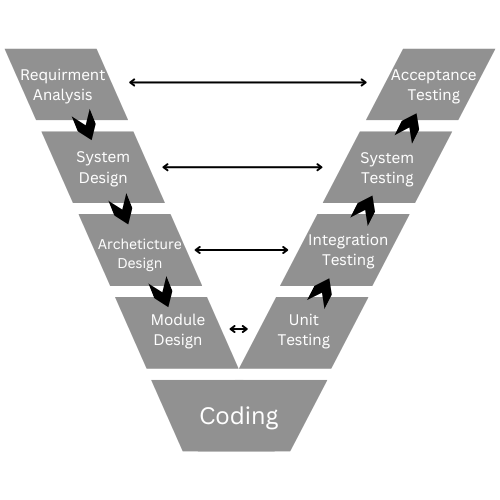
The V-Model, also known as the Verification and Validation Model, is a software development model that follows a systematic approach to ensure high-quality deliverables. This model emphasizes the importance of testing and validation throughout the entire development process.
In the V-Model, each phase of development has its corresponding testing phase. The left side of the “V” represents the verification activities such as requirements analysis, system design, and component design. On the right side of the “V,” we find validation activities like unit testing, integration testing, and user acceptance testing.
One of the key advantages of using this model is that it promotes early detection and resolution of defects. By incorporating testing into each stage of development, issues can be identified and addressed before they escalate into major problems.
Additionally, by following a structured approach with well-defined milestones and deliverables at each stage, project managers can better control costs and timelines.
The V-Model provides a comprehensive framework for ensuring software quality through rigorous verification and validation practices. It offers clear guidelines for both developers and testers to work together toward delivering reliable software solutions to clients.
6. DevOps Model:
The DevOps model is gaining popularity in the software development industry due to its focus on collaboration and efficiency. This model combines both development (Dev) and operations (Ops) teams, breaking down silos and promoting seamless communication.
In the DevOps model, developers work closely with operations teams from the beginning of a project. This ensures that code is deployed smoothly and any issues are addressed promptly. By integrating these two teams, organizations can streamline their processes, reduce bottlenecks, and increase overall productivity.
One key aspect of the DevOps model is continuous integration and continuous deployment (CI/CD). This means that changes to the codebase are frequently tested, integrated, and deployed. It allows for faster feedback loops, enabling developers to iterate quickly and deliver updates more efficiently.
Another important component of DevOps is automation. By automating repetitive tasks such as testing, deployment, and monitoring workflows, organizations can save time and minimize human error. Automation also promotes consistency across different environments.
The DevOps model emphasizes a culture of shared responsibility among team members. Collaboration between developers and operations professionals fosters a sense of ownership over the entire software development lifecycle.
Adopting the DevOps model can lead to faster delivery times, improved quality control measures, increased customer satisfaction, and greater agility within an organization’s software development process.
7. RAD (Rapid Application Development):
RAD, also known as Rapid Application Development, is a software development model that emphasizes speed and flexibility. Unlike traditional models like Waterfall or Iterative, RAD focuses on quickly developing prototypes and iteratively refining them based on user feedback.
One key feature of RAD is the involvement of end-users throughout the development process. By actively engaging with users, developers can gain valuable insights and make real-time adjustments to meet their needs effectively.
Another advantage of RAD is its ability to accelerate time-to-market. With its iterative approach and emphasis on rapid prototyping, organizations can bring their applications to market faster than ever before.
In addition to speed, RAD also promotes collaboration among team members. By encouraging cross-functional teams and promoting open communication channels, RAD fosters a collaborative environment where everyone’s ideas are heard and valued.
Furthermore, RAD incorporates automated tools and frameworks that streamline the development process. These tools help in reducing manual effort while enhancing productivity.
RAD offers a dynamic approach to software development that allows for quick adaptation to changing requirements. Its emphasis on user involvement, speed-to-market, and collaboration between team members makes it an attractive choice for organizations looking for agile solutions in today’s fast-paced digital landscape.
Last words:
In the world of software development, choosing the right development model is crucial for success. Each model has its own strengths and weaknesses, and what works for one project may not work for another. It’s important to weigh the pros and cons before making a decision.
Remember that software development models are not set in stone. They can be adapted and customized to fit your specific needs. Don’t be afraid to experiment and find what works best for you.
Keep in mind that communication is key throughout the entire process. Clear communication between team members, stakeholders, and clients will ensure that everyone is on the same page and working towards a common goal.
Never underestimate the importance of continuous improvement. The field of software development is constantly evolving, with new technologies and methodologies emerging all the time. Stay updated with industry trends and always strive to learn and improve your skills.
So there you have it – an overview of some popular software development models. Remember to choose wisely, communicate effectively, adapt as needed, and keep learning along the way!
Have any questions? Check out our FAQs section below or contact GrapesTech Solutions for more information about software development models.
FAQs
Software development models are systematic approaches or frameworks used in the software development process to plan, design, build, and test software applications. These models provide a structure for organizing the tasks and activities involved in creating high-quality software.
The efficiency of a software development model greatly depends on the context, including factors like project size, complexity, team dynamics, and customer expectations. For instance, Agile and DevOps are often efficient for continuous integration and deployment cycles, while Waterfall may be more efficient for well-defined, stable projects.
Yes, any software development model can be used, but it should be chosen based on the project’s specific requirements, the team’s expertise, and the project’s constraints. For example, Agile wouldn’t work well for projects with a rigid structure and clearly defined specifications from the start.
Yes, it is possible to use two different models at the same time. This is known as a hybrid approach. For instance, many teams use a combination of Scrum and Kanban, often referred to as “Scrumban”, or combine Agile methods with DevOps practices.



